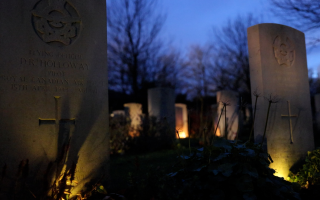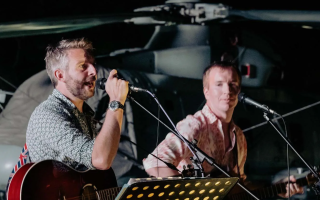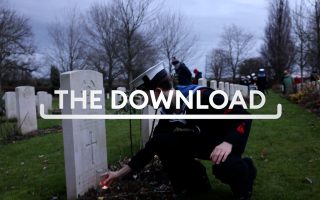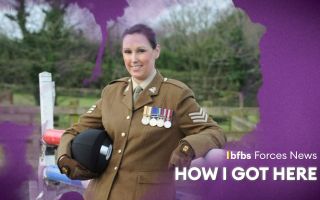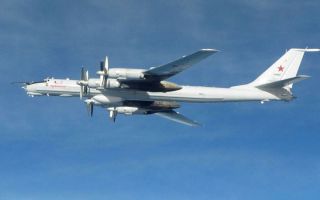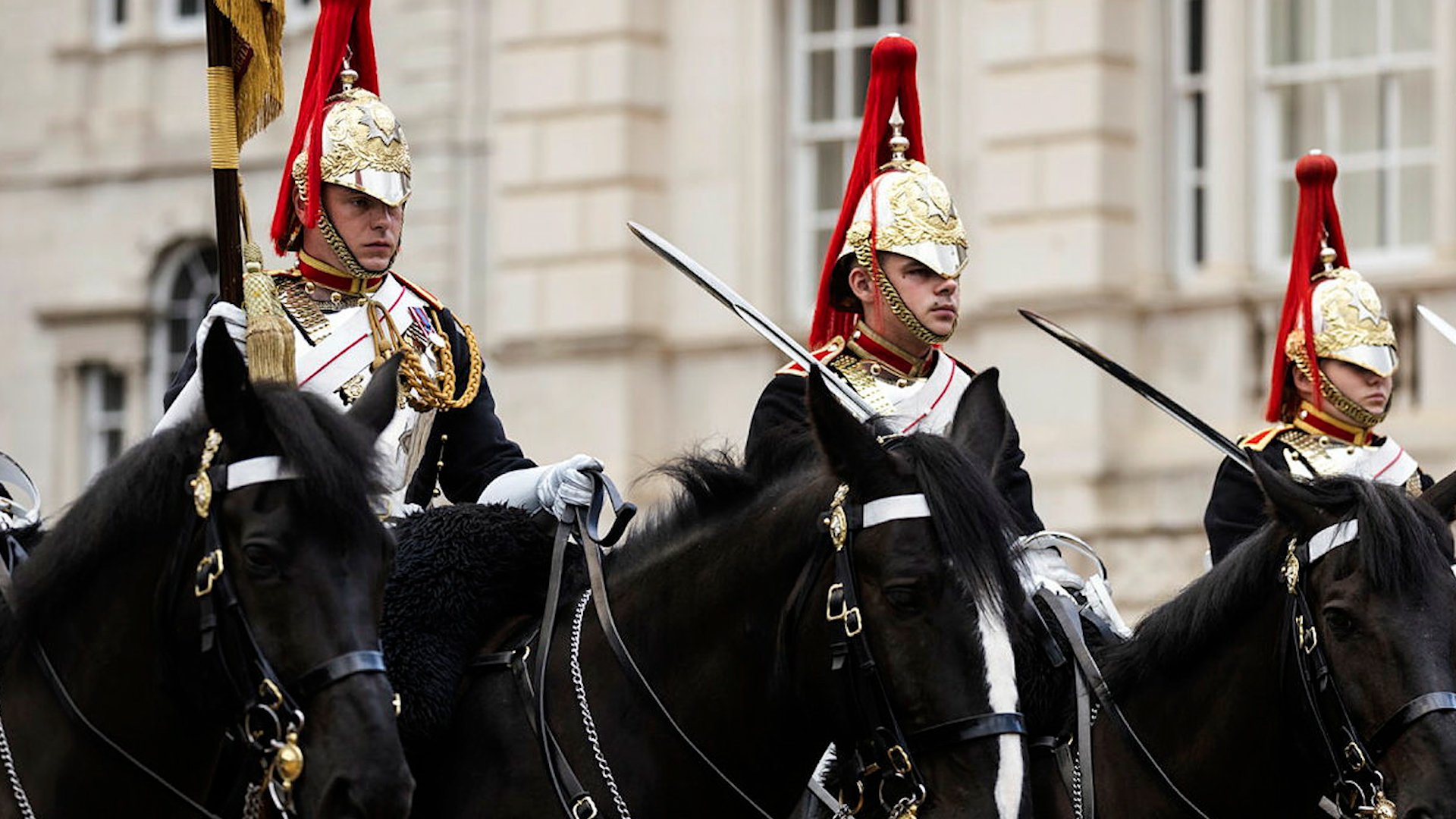
Why the Blues and Royals are the only soldiers allowed to salute without a headdress

In the long, tradition-rich history of the British Army, few customs are as distinctive – or as steeped in legend – as the one observed by the Blues and Royals: the only regiment permitted to salute without wearing a headdress.
It's a custom that dates back more than 260 years, to a decisive cavalry action during the Battle of Warburg in 1760 and a single bareheaded salute that would go on to be repeated every day, for centuries.
To this day, that moment is remembered in ceremonial and operational settings alike, marking out the Blues and Royals as the only soldiers in the British Army who can salute without cap, helmet or beret.
Origins on the battlefield
The tradition stems from the actions of John Manners, Marquess of Granby, then Colonel of the Royal Horse Guards (known as "the Blues"), during the Battle of Warburg.
This was fought on 31 July 1760 near the town of Warburg, in what is now western Germany.
The battle was part of the wider Seven Years' War of 1756-1763, a global conflict involving most of the great powers of the time.
Allied forces led by Prince Ferdinand of Brunswick, including British troops, defeated a larger French force attempting to seize control of a crossing on the Diemel river.
Granby, known for leading from the front, is said to have lost both his hat and wig during a cavalry charge, but pressed on regardless.
At the height of the action, he reportedly saluted his commander bareheaded – a gesture seen as both courageous and respectful, and which quickly became part of regimental lore.
An enduring regimental privilege
Today, that tradition sets the Blues and Royals apart from every other regiment in the British Army.
While military etiquette normally requires personnel to wear a headdress when saluting, members of the Blues and Royals are permitted to do so without one, a right granted to them and to no one else.
It's a distinction so unique that not even their sister regiment, the Life Guards – the other half of the Household Cavalry – are afforded the same privilege.
The story of Granby's salute has become central to the regiment's identity.
The Blues and Royals now serve both as part of the Household Cavalry Regiment, conducting an armoured reconnaissance role on operations, and the Household Cavalry Mounted Regiment, performing ceremonial duties such as the Changing of the Guard, Trooping the Colour and the State Opening of Parliament.

The Battle of Warburg in context
Warburg was not the largest battle of the Seven Years' War, but it held considerable symbolic importance.
The allied victory prevented French forces from cutting communications between Hanover and other allied territories, bolstering British prestige at a time when success on the European continent was far from assured.
Granby's leadership won him widespread acclaim in Britain. He became one of the most recognisable military figures of the age, later holding high political office and lending his name to dozens – if not hundreds – of pubs across the UK.
His reputation for caring for the welfare of his men, even after they left service, cemented his image as a soldier's commander, and his actions while saluting at Warburg gave birth to this lasting military tradition.
Tradition meets the modern army
In an era of high-tech warfare and evolving doctrine, the sight of a bareheaded salute might seem an anachronism, but within the British Army such customs play a key role in reinforcing regimental identity.
The privilege is observed with care and precision. While it may go unnoticed by the public – and perhaps even by the wider Army – within the Blues and Royals, it is done so with enormous pride.
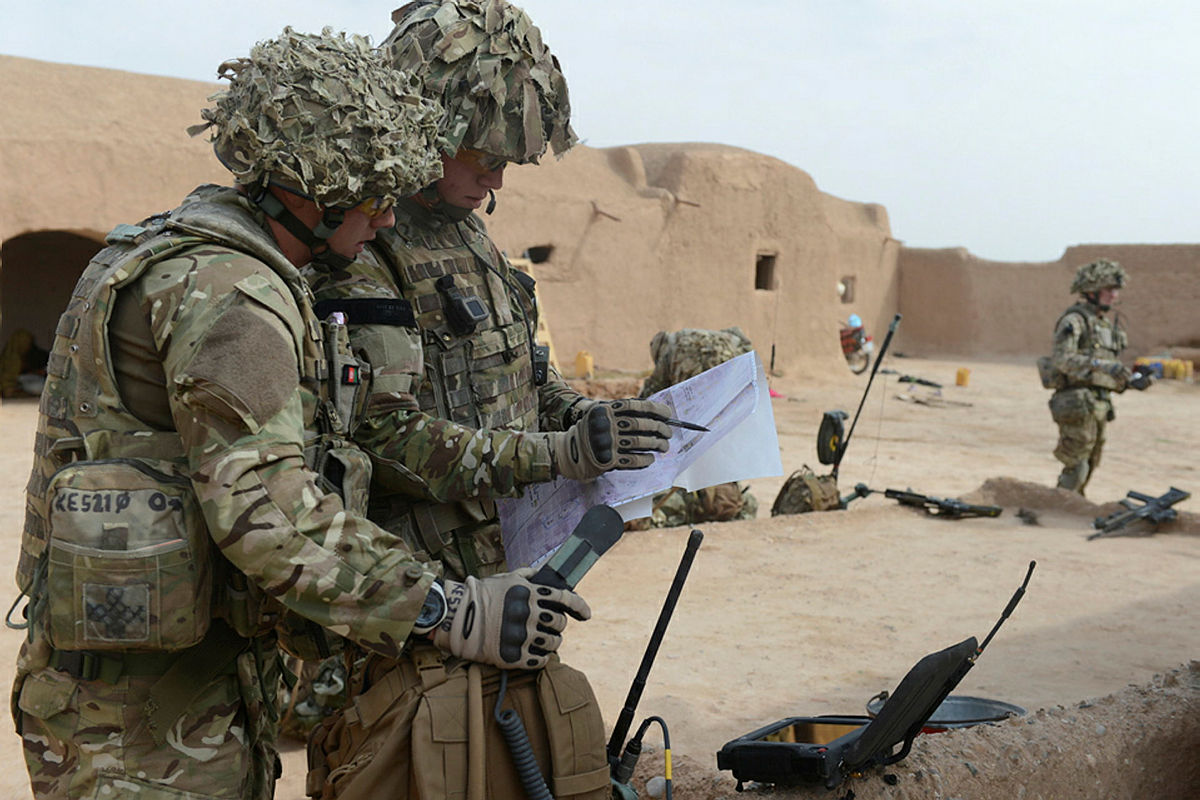
A living link to the past
Military traditions are more than just heritage – they connect modern service members with their predecessors, reinforce values and build esprit de corps.
For the Blues and Royals, that connection runs directly through the fields of Warburg to the modern-day trooper saluting his troop leader or other officer.
As long as the regiment continues to serve – whether on horseback in full state kit or in the field wearing green – that story will be retold.
And the rare sight of a soldier saluting without a headdress will remain a quiet but powerful reminder of duty, leadership and history.



